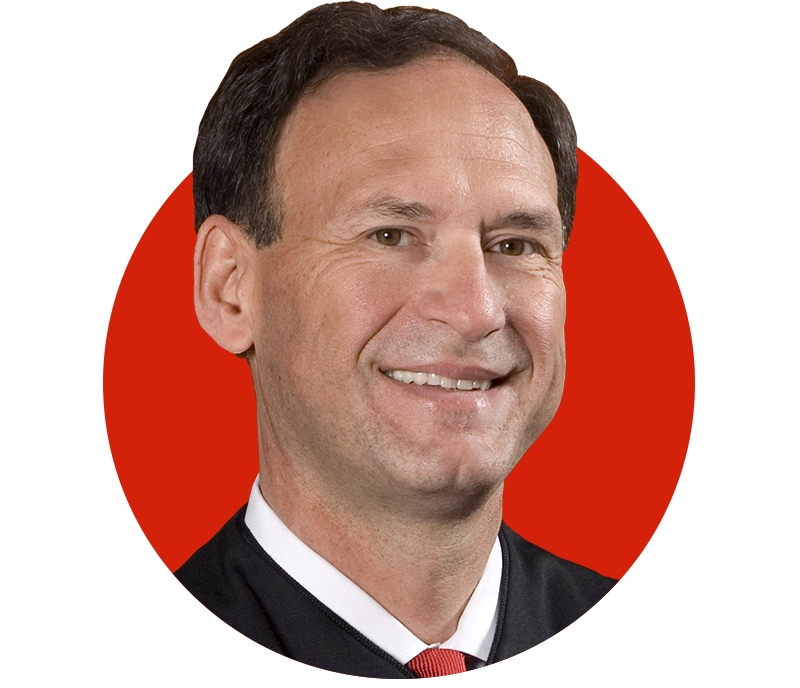Media and Public Access
The Supreme Court should continue livestreaming oral argument audio and one day soon allow cameras. Access to filings in the lower courts should be free and not stuck behind a $0.10-per-page paywall. The justices should maintain their official papers and release a portion of them to the public the same way former presidents do.
“They were for it before they were against it.”
At the time of their nominations, all nine Supreme Court justices were in favor of granting broadcast media access (that’s live video and audio coverage) in the courtroom for oral argument. But, curiously, they each changed their minds once they reached the high court.
Video coverage of Supreme Court hearings has never been allowed. Until 2020, the audio files of such hearings were released at the end of the week, rendering them all but useless to news directors across the country. (Same-day audio release were permitted in about two dozen high-interest cases from 2000 to 2020.)
Only on account of the pandemic did the Court switch to live audio policy for oral arguments, and it hasn’t announced whether the policy will be a permanent one.
Audio recordings of opinion announcements are still not livestreamed, with the audio only becoming available at the start of the subsequent term.
There’s no Presidential Records Act-type paper-retention law for the justices. That means they can simply let their official papers should go up in smoke, or have them placed under lock and key for 50 years.
To make public access to the public institution even more challenging, the court does not allow individuals to congregate or demonstrate on its spacious front the plaza. The U.S. Department of Justice even prosecuted a man for having the audacity to stand on the plaza while holding a sign.
The biggest problem might be in the lower courts, which, under a website called PACER, still requires people to sign up with credit cards to read and/or download docket sheets and filings. Users are charged $0.10 per page, even though it costs something like a billionth of a penny for the U.S. Courts to upload.
So there’s lots to fix here.
Related News
-
Press Release
House Judiciary Approves Major Transparency Bill Featuring Several of Our "Fixes"
Within one year of the bill's passage, same-day audio release for Supreme Court oral arguments would be required; live audio at the high court would be required within two years and live video for all circuit court arguments also within two years.
-
Press Release
Where's Last Term's Opinion Announcement Audio?


